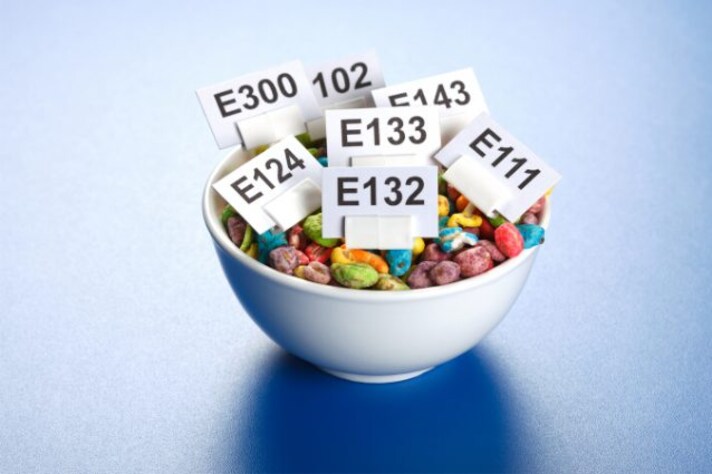New California Law Has Banned Six Harmful Food Dyes From Public Schools – Becoming The First in The Nation
California has banned six artificial food dyes from public school meals, starting in 2027, due to health concerns linked to behavior issues and cancer risks. The ban, which targets common dyes like Red 40 and Yellow 5, aims to promote healthier food options for children.

In a move that will make the Golden State a little less… well, golden (at least when it comes to artificially colored foods), California has officially banned six harmful artificial food dyes from public school meals. The legislation, signed by Governor Gavin Newsom, marks a significant step in the ongoing effort to promote healthier diets for children. The ban, set to take effect in 2027, has sparked a broader conversation about the safety of these common food additives and what this could mean for the future of food regulation across the United States. It’s a bright new day for school lunchrooms, but will kids miss their fluorescent-colored snacks?
Artificial dyes have been a staple in processed foods for decades, often found in everything from candy to breakfast cereals, and yes, even in so-called "healthy" snacks. The six banned dyes—Blue 1, Blue 2, Green 3, Red 3, Red 40, and Yellow 5—are no strangers to controversy. These vivid colors, which might look fun on a fruit snack or brighten up a bag of chips, have long been linked to health concerns. Studies have suggested that these chemicals could be associated with behavioral issues, allergic reactions, and even cancer risks.
The ban on artificial dyes in California’s public school meals comes after years of research, advocacy, and pressure from public health organizations. Consumer Reports and the Environmental Working Group have been vocal about the potential dangers of these additives, and their efforts have finally paid off. California's new law also reflects a growing awareness of the need to rethink the ingredients in our food, particularly in what we feed children.

Interestingly, this move comes hot on the heels of an FDA meeting, where stakeholders discussed the possibility of stricter post-market reviews for chemicals used in food. So, while California’s decision is groundbreaking, it may just be the beginning of a nationwide shift. It seems like the FDA could be gearing up for a little "clean-up on aisle nine," especially when it comes to the chemicals lurking in our pantries.
How Will This Affect School Lunches?
California’s public school cafeterias are no strangers to reform. In recent years, schools have taken steps to promote healthier meals, cutting back on sugar, salt, and unhealthy fats. Now, it’s time to phase out artificial dyes. But what does that mean for the actual food on students’ plates? Will the iconic fruit punch juice boxes and rainbow-colored fruit snacks disappear forever?
Probably not. While some items will certainly need reformulating, many companies have already started shifting toward natural dyes like beet juice, turmeric, and spirulina to replace synthetic ones. Yes, your future fruit punch might be colored with vegetables. Kids don’t have to know! Brands are increasingly aware of consumer demand for clean labels, and California's new law will likely push them further in this direction.
One thing's for sure—school lunches will probably look a little less like a kaleidoscope, but maybe that's a good thing. After all, who needs a snack that’s bluer than the sky?

California has long been a trendsetter when it comes to food legislation. The state led the charge on banning trans fats in restaurants and was one of the first to introduce calorie counts on menus. With this new dye ban, it’s likely that other states will start paying attention. Could this be the beginning of a nationwide movement to rethink artificial additives in school meals?
If history is any guide, other states are likely to follow suit. Public health advocates across the country have been calling for stricter regulations on food dyes for years, and California’s decision could be the nudge they need. Of course, implementing such changes isn’t as easy as snapping your fingers. It will require both legislative will and cooperation from the food industry. But with consumer demand for cleaner, more natural ingredients growing, this might just be the right time for more states to jump on board.
;Resize,width=767;)

;Resize,width=712;)
;Resize,width=712;)
